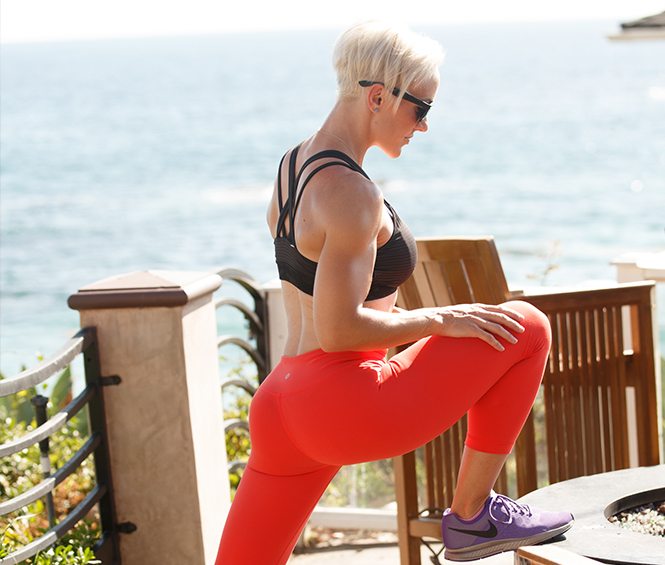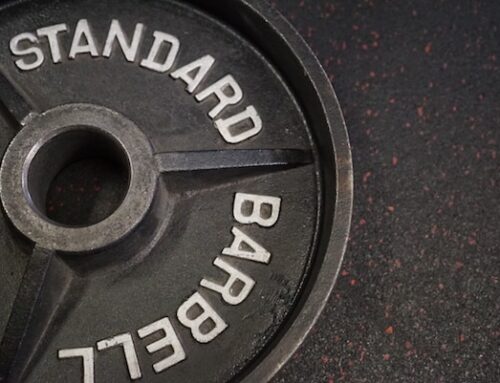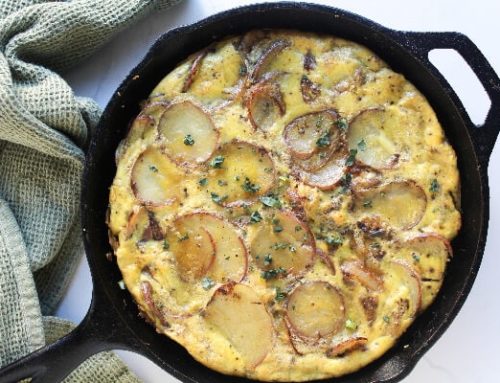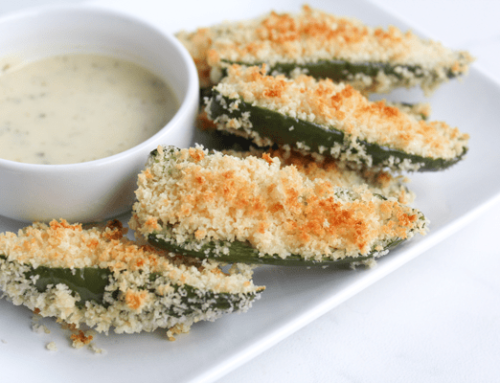If your backside lacks shape and tone, you probably need to re-think how you work your glutes.
As women, we are prone to storing body fat from the waist down, which can make it incredibly difficult and discouraging to put all of that effort into the weight room with little results.
When we have more body fat than we’d like, we tend to think that cardio, cardio, cardio will melt it off and reveal great glutes. But, in reality, this strategy will burn off fat and muscle, including your glutes! No amount of cable glute kickbacks will help save or build the muscle you do have back there.
While cardio is a part of burning fat, the only way to actually build up a booty and give it some shape is putting your time in the gym. Start lifting!
Maximus, Medius and Minimus
You need to work ALL angles of the glutes in order to properly shape them.
The Gluteus Maximus is the largest muscle group making up your glutes and forms the majority of the shape, as it is the most obvious and superficial of the three. It is worked through extension of the thigh (the action you take during squats, step-ups, etc.) as well as external rotations and abductions (with the Medius and Minimus).
The Gluteus Medius is the glute muscle that contracts during exercises involving hip extensions (i.e., reverse hyperextensions, donkey kicks, etc.), external rotations (which helps your knees from rotating inward during squats) and abductions.
The Gluteus Minimus is the smallest muscle of the glutes and the deepest, situated right below the Gluteus Medius. It pretty much performs the same actions as the Medius.
Keep It Old School
Sticking to “old school,” traditional weight lifting movements will assure that you hit every single angle necessary to build your glutes, especially the Gluteus Maximus. You simply cannot build and shape the glutes without exercises like squats and deadlifts. Not to mention, they work the entire leg and posterior chain (back, glutes and hamstrings), build strength and confidence, burn fat and boost metabolism.
There are many variations of each of those exercises, so don’t forget to mix up your stance and practice single-leg variations of both.
Range of Motion
You can load up the bar all you want during your squats and deadlifts, but if your form isn’t perfect, your glutes will go nowhere. So, lower the weight and work on all aspects of your form.
You need full range of motion to work every facet of your glutes during squats. If you’re stopping right at parallel or above, you are cutting yourself short and wasting a lot of energy for what won’t be an ideal result. I realize many women have obstacles here – bad knees, tight hips, hesitation to do this without a spotter, etc. If you’re scared to squat without a spotter, just use lighter weight! Or, you can place a short box or step behind you so that – if you do lose your balance – you will simply sit onto the box instead of crashing down with the weight (don’t forget to use the safety pins in the squat rack!).
With consistent practice of squats, you will be surprised how quickly you gain confidence in this exercise and begin to add weight to the bar on your own.
Tight hips are a big problem of mine and limited my squat range of motion for a long time. Enter yoga. This was a game changer for me. I didn’t even mean to practice yoga in order to compliment my strength training sessions – I started because I love yoga. Then, suddenly, I realized my joints were feeling better, and I was getting deeper in my squats. I had more flexibility in my entire body and had an easier time keeping my chest lifted, arching my lower back and getting low in the squat. Awesome!
If you have serious knee problems, you will want to be very cautious during squats and try wearing knee wraps for stability. I find that squatting with a sumo or plié stance (toes pointed outward) compromised my knees if I started the workout with some knee pain. As much as I LOVE sumo stance squats, keeping my knees and toes pointed straight ahead – as well as practicing perfect form – helps me avoid all knee pain if present.
Get Low
If you think that stopping above or at parallel during squats will save your knees, think again! The point in the movement where you squat down and then pause (don’t forget to pause at the bottom to take the momentum out!) to come back up is the point of the most force during the squat. If you switch directions while you are parallel or above, you are putting SO much stress and force on your knees. If you are lower than parallel when you switch directions, that force is shared with your entire legs and glutes, not just your knees.
When squatting, your knees should be right above your feet the entire time. Once your knees float forward beyond your toes, the stress is placed on your knees. Not good! You need to watch your knees carefully in the mirror so you can control them from moving inward. Your knees should stay solid in one spot, centered over your feet for the entire squat. Keeping your chest lifted keeps the weight in your heels and the focus on your butt.
Hitting All the Angles
Other exercises to incorporate weekly to hit ALL angles of the glutes are barbell hip thrusts and barbell glute bridges (double and single leg!), Romanian deadlifts (my favorite for tightening up the booty and hamstrings!), Bulgarian split squats, walking lunges, step-ups, kneeling squats and…don’t forget plyometrics and sprinting!
Plyometrics
Plyometrics are any dynamic exercise where you start by loading the muscle eccentrically (think lengthening the muscle as in lowering down into a squat where the glutes are fully stretched), followed by an explosive concentric (think shortening the muscle, or, fully contracting/squeezing the muscle before lengthening it again) movement.
A great example of a plyometric move that does this would be box jump squats. Starting standing on the floor in front of a tall box or step, squat down (with perfect form) and explode up as you jump onto the box with both feet.
Plyometric drills give your muscles full power in a very short amount of time, along with building strength and speed. If you want to look like an athlete, you need to train like one!
For my full glute workout,







Leave A Comment
You must be logged in to post a comment.